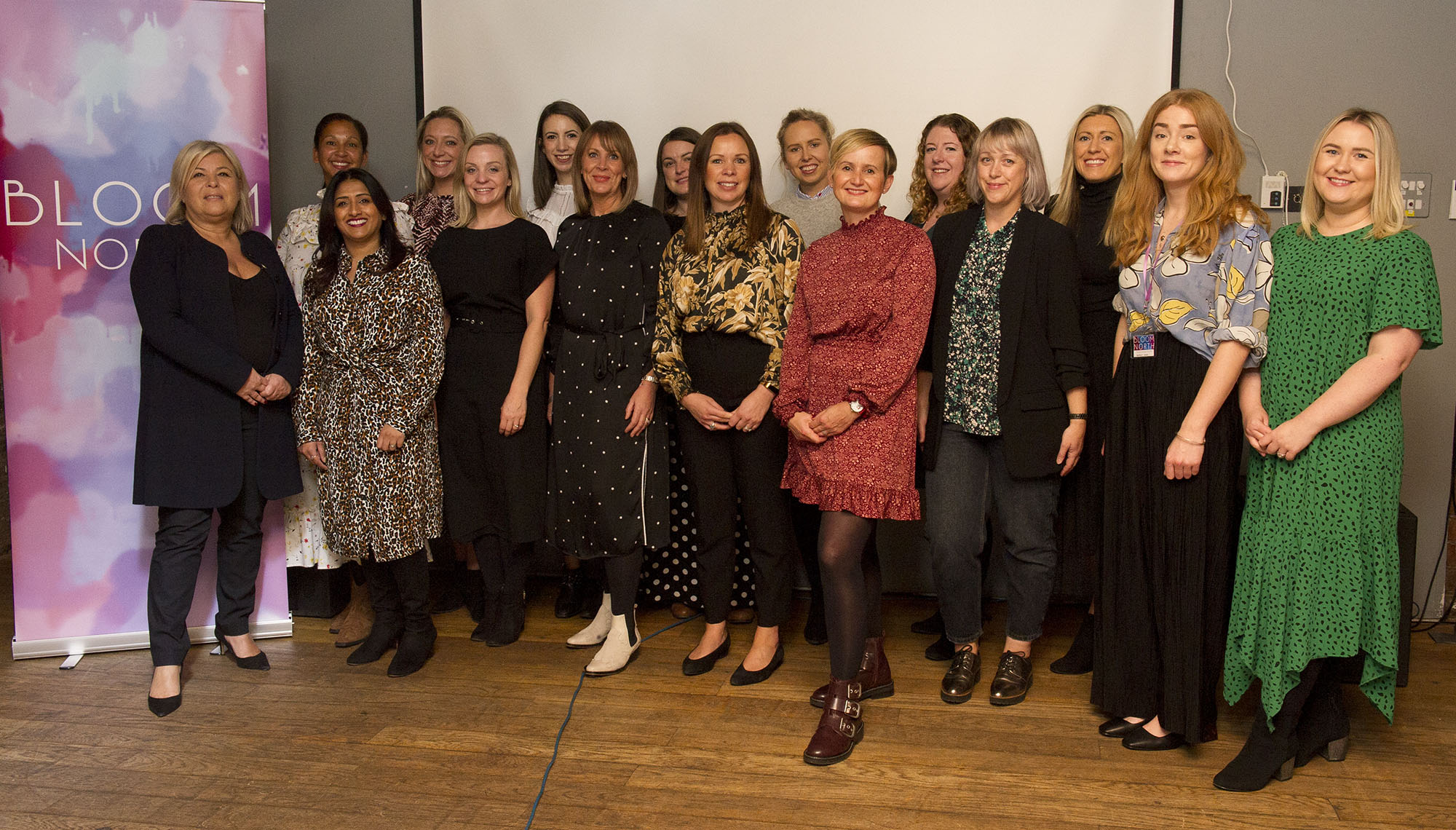
Understanding the meaning of different file types can be a bit of a challenge, and it can be more difficult when you need to decipher which file type you need to complete a graphic design task. In this blog series, we’re going to help you understand the basics of graphic design by explaining the meanings of graphic design jargon. In this particular article, let’s discuss what a vector is, and when you’ll need to use them.
What is a Vector File?
A vector file is essentially an image which uses lines, points or curves on a mathematical equation to scale up or down. Because of this mathematical equation, a vector can be scaled up or down whilst maintaining it’s original high quality. That makes vector image formats a really great asset to have when designing for a few reasons, mainly because unlike pixel-based image types like a .JPG, your designer can use a vector graphic for lot’s of different use cases without needing to waste time recreating graphics for different sizes.
Vector file formats include .ai, .pdf, .svg or .eps.
Use cases for Vector Files
Since vector images can be scaled up or down as needed without losing quality, they are one of the best image types for creating crisp and detailed graphics that look really high quality. So, what are some examples of use cases for vector images?
Your visual identity work will no doubt be used across a whole host of mediums over time in your business. A brand’s logo can be used on anything from a business card all the way to a huge wall decal for the office, so having a vector format of your logo is a good idea. That way you’ll be able to add your logo to almost any design with no risk of losing quality as you change it’s size to fit the format.
If you’re creating graphics for a billboard design or any other large poster, using the vector file format is a great idea for the same reason as above. This applies for almost any large format graphic that you need in high quality, including things like vehicle wraps. You can also use vector files when looking to create professional looking printed marketing materials like flyers, merchandise design or menu designs.
What’s the difference between vector and raster images?
Raster images are made up of a grid of pixels, also known as a Bitmap, so they cannot be changed in size without losing quality as easily as vector images. Examples of raster file formats you are probably familiar with include .jpgs, .GIF, .TIFF or .PNG.
Need more help with graphic design?
If you’re looking to hand over graphic design to an expert, book in a demo today to learn more about how our unlimited graphic design subscription plans are helping free up time for marketers and agency owners all across the UK. On the free 20 minute demo you’ll have chance to get a quick walkthrough of our custom-built platform and ask any further questions you have.









